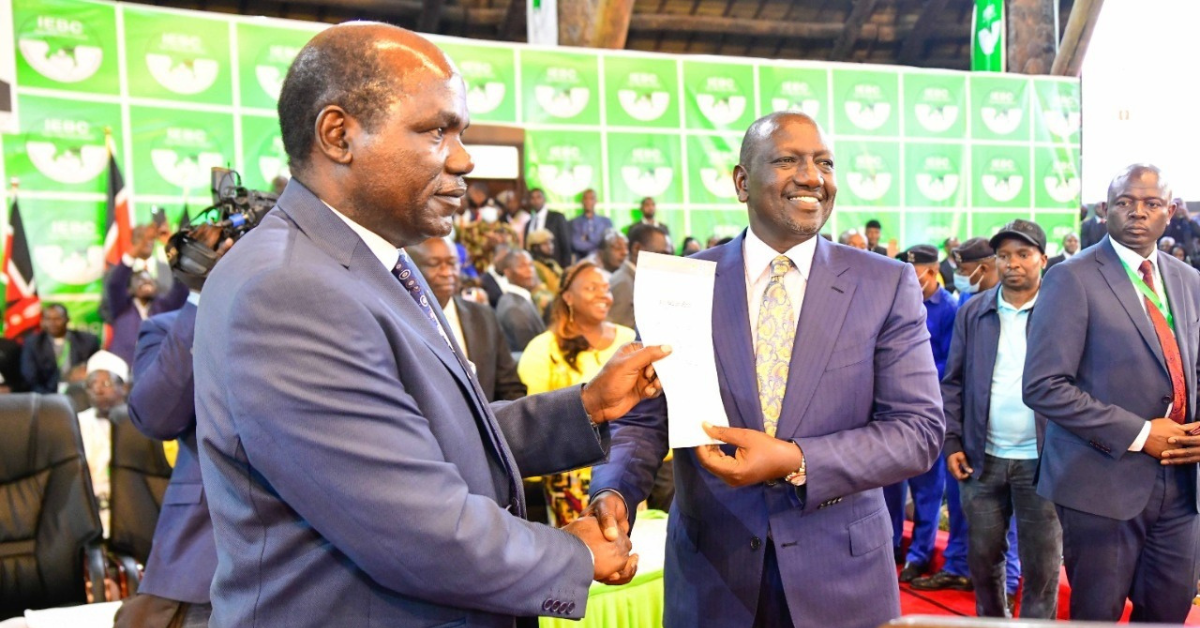These are interesting times for the East African Community. There is promise in the air but there is also trepidation. The question being asked is this: will the recent initiative by Kenya, Uganda and Rwanda accelerate EAC’s integration, or will it lead to the community’s disintegration? It is an interesting question given that, on the face of it, the objective of the initiative by the three countries is to accelerate implementation of decisions already agreed by all five partner states. Furthermore, the EAC Treaty, through a principle called variable geometry, allows for different speeds in its implementation.
If the June 25 Joint Communiqué is to be believed, the trilateral alliance – now increasingly referred to as the ‘coalition of the willing’ as Burundi (and South Sudan which is yet to become an EAC member) joins the original trio – actually started as a bilateral meeting between Kenya and Uganda to discuss development and security issues. It is only later when President Paul Kagame of Rwanda joined that the discussion shifted to broader EAC integration issues. From there, things took a pleasantly surprising turn: the three presidents split responsibilities among each other and took the extraordinary step of committing to meet every two months to monitor progress. If this is sustained – even for a year – it will be unprecedented and could have far reaching consequences.
Suddenly everyone seems to have taken notice. The so-called ‘coalition of the willing’ appears quite serious, going by early indications. Cynics are surprised. They are used to dismissing the vision of a fully integrated and federated East Africa as a pipe dream. Many are used to seeing the EAC as a two-speed project proceeding on different tracks: the policy intention track moves at lightning speed while the pace of policy action is glacial. They are used to meetings that are held to posture and make promises that are not followed through. That the policy directives of the three heads of state were immediately followed by policy action is therefore refreshingly unsettling for some.
If Tanzania elects to remain outside the new alliance, can the ‘coalition of the willing’ afford to isolate it? Will Tanzania’s isolation then lead to the collapse of the Community? Will the current difficult relations between Rwanda and Tanzania make it even harder for the latter to join the new alliance?
Such questions, in my view, miss the point and misread the region’s history. Historically, Kenya and Uganda have been much more connected. Kenya and Uganda were both part of the British East African protectorate – at least until 1920 when Kenya became a colony – and were of course infrastructurally linked through the Kenya-Uganda railway. The two even had a Customs Union as far back as 1917, which Tanzania, then Tanganyika, later joined in 1927.
But whilst history connects Kenya and Uganda more tightly, geography matters more for all five countries, especially in the case of Tanzania as it is the only country that shares borders with all the other EAC partner states. The others cannot afford to isolate Tanzania nor can Tanzania afford to isolate itself from the rest. Tanzania needs to be understood – historically and geographically – just as it needs to understand the others in a similar vein. Fears of Tanzania breaking away and working more closely with the Southern African Development Community are misplaced and ignore the fact that Tanzania has been part of East Africa’s cooperation efforts for much longer. Apart from the hiatus following the breakup of the first EAC, Tanzania has been part of one form of East Africa cooperation continuously since 1927.
What Tanzania needs from the Kagame/Museveni/Uhuru-led coalition is an assurance that their alliance has no sinister objective. Tanzania needs to see the new initiative as operating within the spirit and letter of the EAC protocols. It also needs to see the initiative as not any different from, for example, the decision by Kenya and Rwanda to waive work permits fees. It needs to see that initiatives such as the single tourist visa, joint infrastructure development and trade facilitation measures along the Northern Corridor in the same way.
It is a great opportunity for President Kenyatta. As the fresh face of leadership in the region, he can help promote greater understanding among the EAC members. And he can do this directly without using – as some have suggested – our retired presidents as special envoys. Uhuru’s youthful inexperience can be an asset if he can demonstrate leadership and good will. Several attributes put Kenya in a natural leadership position. It is the regional economic powerhouse with the most vibrant private sector. Its port (Mombasa) is the main gateway to the region. President Kenyatta could take skilful advantage of these attributes.
If he does this, EAC integration can move forward at the pace of its fastest and not the slowest member as has been the case.


